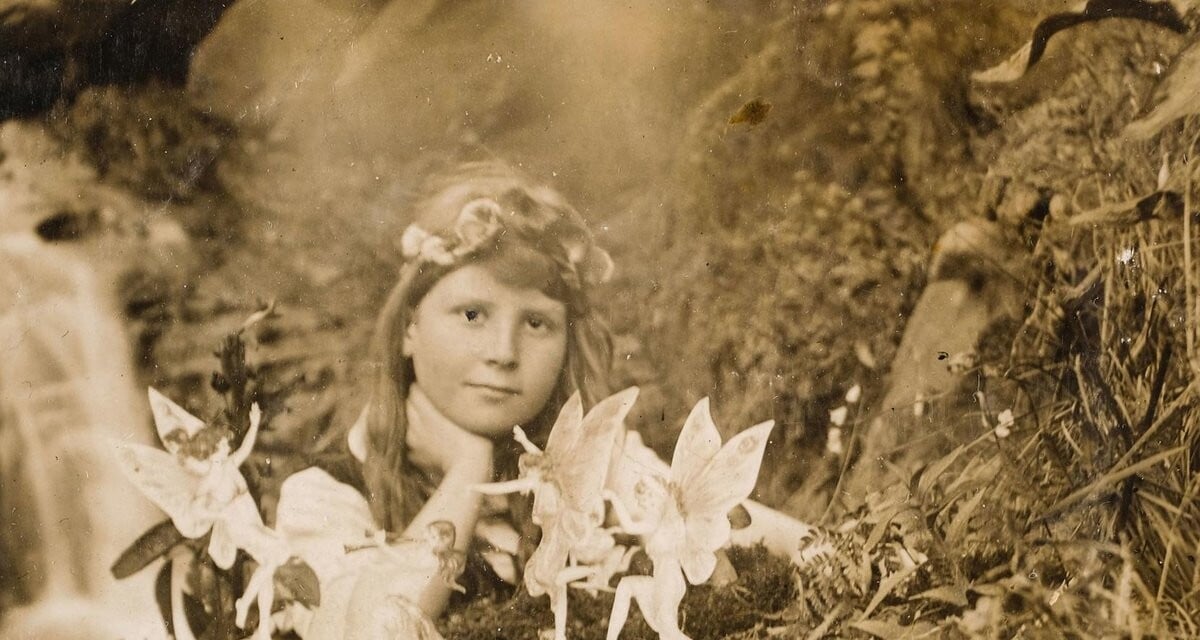Belief in just what the shoe represents culturally varies, depending on just where you are. In some parts of the world, to show others the sole of your shoe is offensive, and to throw a shoe at somebody is a serious insult. In other parts of the world, throwing shoes at people is deemed to bring good luck. Below are twenty five about that belief and other historic rituals and superstitions.
The Shoe and Foot as Symbols of Authority

When it comes to the shoe’s significance, your mileage may vary depending on historic era, and just where you are in the world. In the ancient Middle East, shoes were seen as symbols of authority. To place one’s foot on a defeated enemy’s neck or head was a demonstration of dominance. Likewise, to kiss the shoe or foot of a ruler was a ritualized display of submission to his authority. That belief in the shoe or foot as symbolic of authority eventually made it to Europe. In medieval France, for example, kings required vassals to kiss their feet as a demonstration of allegiance.

In the Viking age, tired of raids by Norsemen, King Charles III of France figured that it takes a thief to catch a thief. So he granted Normandy to Rollo the Viking, in exchange for the latter’s agreement to become the French king’s vassal, become a Christian, and fight off other Vikings.
To seal the deal, attendant bishops urged Rollo to kiss the king’s foot as a display of fealty. Rollo adamantly refused to kiss another man’s foot. Instead, he ordered one of his warriors to kiss the royal foot on his behalf. Instead of kneel down to do so, however, the Viking remained standing, and lifted the king’s foot to his mouth, causing Charles to topple over.

